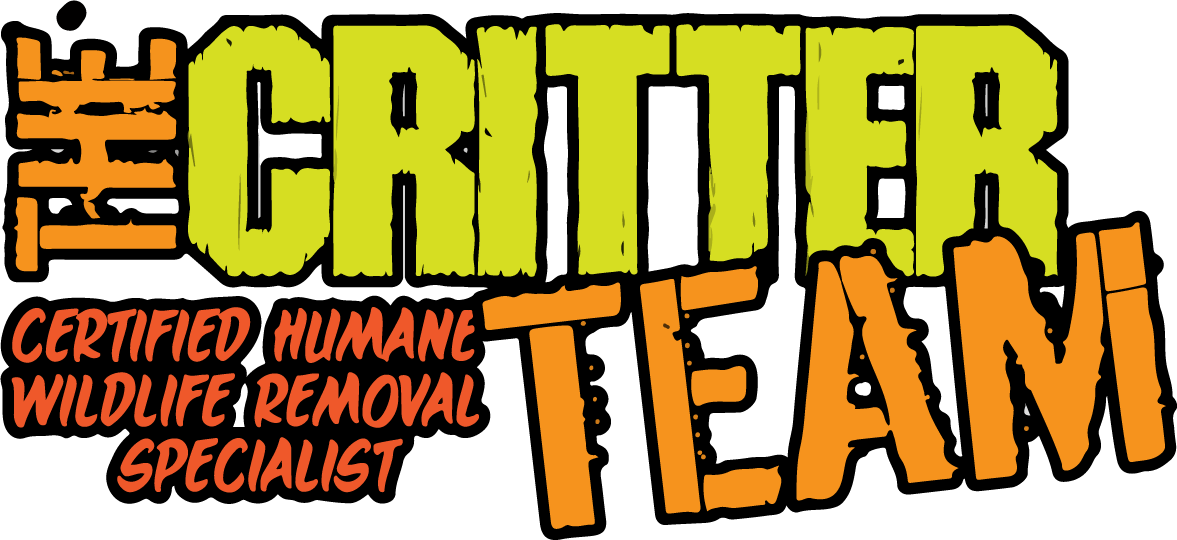Roof rat infestations have become a growing concern in Texas, posing a serious threat to both homes and public health. These invasive pests are known for their ability to reproduce rapidly, with a single female capable of producing up to 40 offspring in a year. Their presence is not only unsightly but also brings along a host of problems. Roof rats are notorious for gnawing on electrical wires, which can lead to house fires. Moreover, their droppings and urine can contaminate food sources, spreading diseases such as leptospirosis and hantavirus. The warm climate and abundance of food sources in Texas make it an ideal breeding ground for these rodents, resulting in an alarming increase in infestations across the state. As a result, homeowners and local authorities are scrambling to find effective solutions to combat this growing problem.
Roof Rat Infestations in Texas: A Growing Concern for Homeowners
Roof rat infestations have become a prevalent issue in Texas, causing distress among homeowners. These agile rodents, also known as black rats, are excellent climbers and are often found nesting in attics, roofs, and trees. Their presence poses a significant threat to both the structural integrity of homes and the health of occupants.
The Rising Population of Roof Rats
In recent years, the population of roof rats in Texas has witnessed a steady increase. This surge can be attributed to various factors, including favorable climatic conditions and the availability of abundant food sources. These rodents are omnivorous, feeding on fruits, vegetables, grains, and even insects.
Urban areas with dense populations and a lack of natural predators create an ideal environment for roof rats to thrive. Moreover, their ability to reproduce rapidly further exacerbates the infestation problem. A single female roof rat can produce up to six litters per year, with each litter consisting of six to eight pups.
Signs of Roof Rat Infestations
Identifying a roof rat infestation is crucial for early detection and prompt action. Here are some common signs that indicate the presence of these rodents:
- Droppings: Roof rat droppings are typically small, dark, and spindle-shaped. Finding these droppings near food sources or nesting areas indicates an infestation.
- Gnaw Marks: Roof rats have a strong urge to gnaw on various objects to keep their constantly growing incisors in check. Look for gnaw marks on wires, wood, and other materials.
- Noises: These agile climbers are often heard scurrying and scratching in attics and walls, especially during the night.
- Nests: Roof rats build nests in hidden areas like attics, roofs, and trees using materials such as shredded paper, insulation, and fabric.
- Damage: These rodents can cause significant damage to electrical wiring, insulation, and structural components of homes.
The Dangers of Roof Rat Infestations
Roof rats pose several risks to both property and human health:
- Structural Damage: Their constant gnawing can weaken wooden structures, electrical wiring, and pipes, potentially leading to fires, water leaks, and costly repairs.
- Disease Transmission: Roof rats are known carriers of various diseases such as leptospirosis, salmonellosis, and rat-bite fever. They can contaminate food and surfaces with their urine, feces, and saliva.
- Allergens and Asthma Triggers: The presence of roof rats can exacerbate respiratory conditions, as their droppings and dander can trigger allergies and asthma attacks.
Professional Roof Rat Control
Dealing with a roof rat infestation requires the expertise of professional wildlife control operators. These specialists employ effective and humane methods to eliminate these pests from your property. They conduct thorough inspections to identify entry points, develop customized removal plans, and implement exclusion techniques to prevent future infestations.
Professional wildlife control operators also prioritize the safety of both occupants and the environment. They use eco-friendly repellents and traps to ensure minimal harm to non-target animals. Additionally, they provide valuable advice on securing your property to minimize the risk of future infestations.
In conclusion, the increasing prevalence of roof rat infestations in Texas demands immediate attention. Recognizing the signs of an infestation and seeking professional assistance is crucial for protecting your property and safeguarding the health of your family. Act promptly to address this issue and ensure a rat-free environment.
Professional Wildlife Control and Animal Removal Services
At The Critter Team, we understand the importance of maintaining a safe and peaceful environment for both residential and commercial properties. If you’re facing issues with wildlife intrusions or the need for animal removal, our team of experienced professionals is here to assist you. With a deep understanding of local wildlife behavior and a commitment to humane practices, we offer comprehensive services to handle all your wildlife control needs. From removing raccoons, squirrels, bats, and snakes to managing beaver dams and bird infestations, we have the expertise and knowledge to ensure a swift and effective resolution. To receive prompt assistance, contact The Critter Team at (281) 667-0171. Our dedicated team is available 24/7 to address your wildlife concerns and provide reliable solutions that prioritize the safety of both humans and animals.
